Giving new life to old clothes has gotten tougher as nonprofits face donation overflows
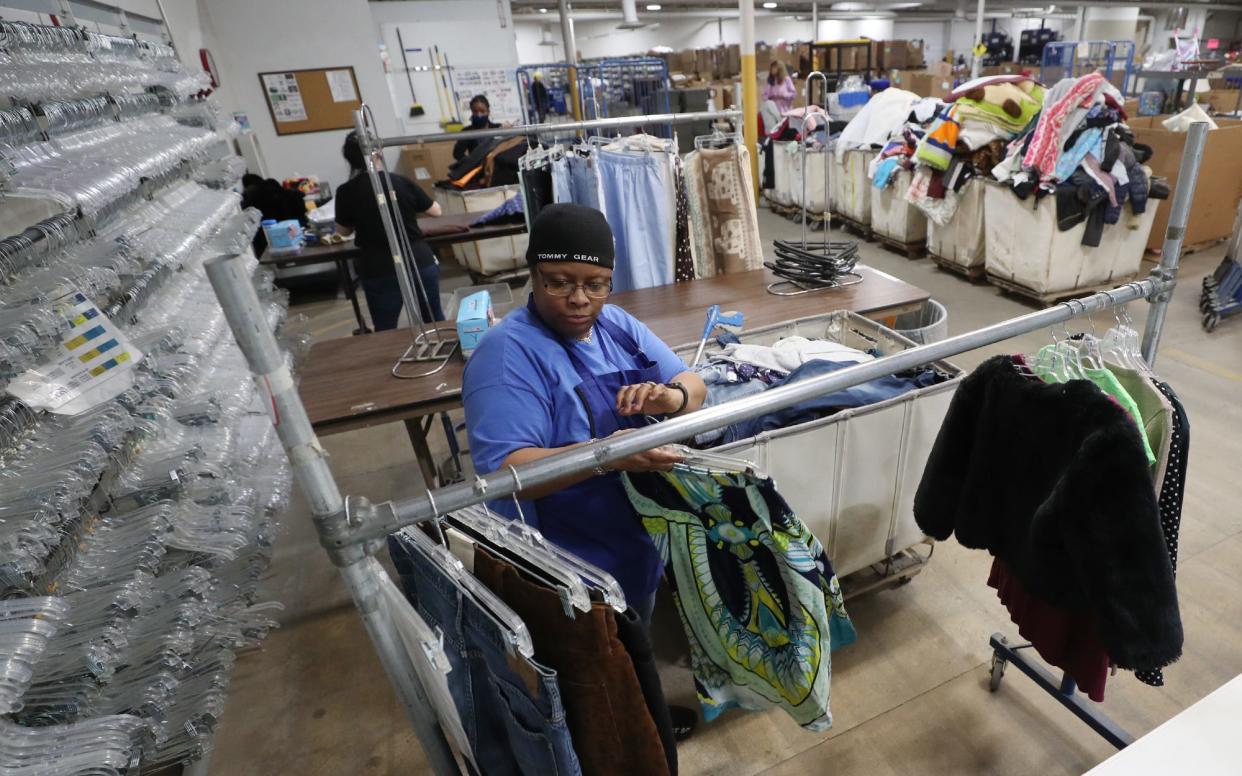
As temperatures rise and spring drives away winter, many people are compelled to drive away household clutter. Closets, often filled to the brim with clothing and shoes, are main spring cleaning targets.
Many people will want to donate their old clothing — and why not? You feel good about donating to charity, and your closet is lighter. Win-win, right?
The issue, however, may be more complicated than that — your donations might not be put to use the way that you hoped and could instead add to a growing global waste problem.
According to information from the Environmental Protection Agency, 17 million tons of textiles were created in 2018. The recycling rate for all textiles was 14.7%, or 2.5 million tons. The EPA estimates that recycle rate for clothing and footwear is 13%. In that same year, 11.3 million tons of textiles were sent to landfills.
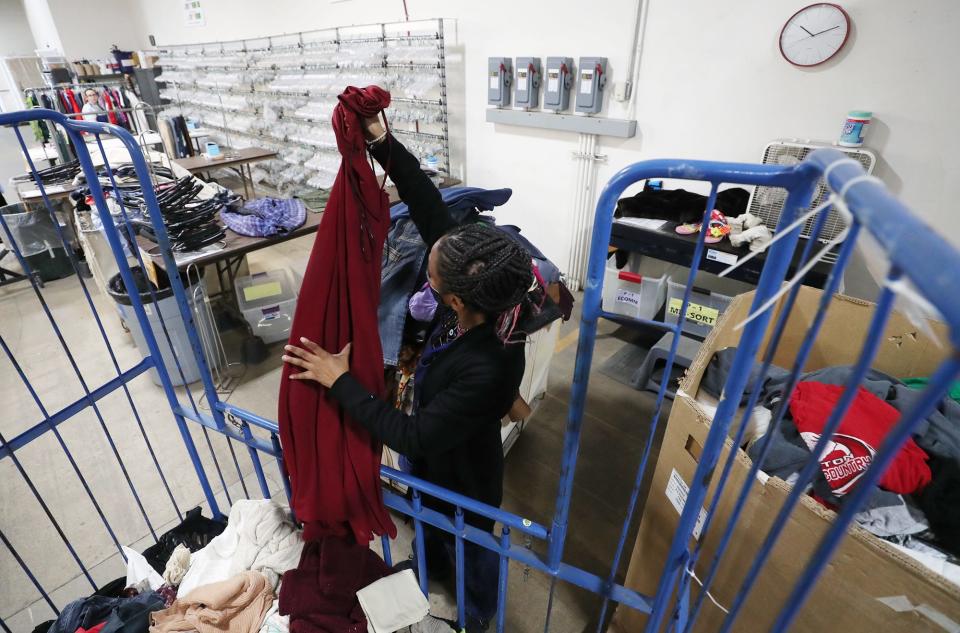
Clothing donation bins can pose a problem
Clothing donation bins are commonplace sights in several communities but have caused issues.
Akron no longer has stand-alone bins for clothing donations, said Stephanie Marsh, the chief communications officer for the city.
"There is a company that had bins placed for donation," Marsh said. "But they became dumping spots for residents who placed trash and bulk trash items instead of using them for their intended purpose."
Big donation for local nonprofit: Philanthropist MacKenzie Scott gives record $3.5 million to Habitat for Humanity of Summit County
Welcome mat: New LGBTQ center opens, creating safe space for Black, gay people
The city also used to contract with Simple Recycling to make it easier for residents to donate their old clothing, but that, too, was discontinued.
Marsh said the city only received a penny per pound of clothing collected. "At first participation was high, but after a while Simple Recycling decided to discontinue the program because of cost. They offered to have the city pay $14,000 a month to keep the program. We declined."
Copley Township trustees also has legislation limiting stand-alone donation bins.
"We have a provision in our zoning resolution that allows temporary structures to be placed for a period of 40 days in calendar year with a zoning certificate that would apply to clothing bins," said Loudan Klein, the director of community and economic development for the township. "It’s not something we have been enforcing in the past for these structures."
He said Copley Police Chief Michael Mier recently "raised some concerns with our office about several [bins} being placed without property owner approval, noting some were overflowing and unmonitored for weekslong stretches.
"Eventually people would go through the boxes and scatter goods through parking lots and various properties," Klein said. "We are supportive of the boxes so long as we have a contact point and the owner monitors the donations."
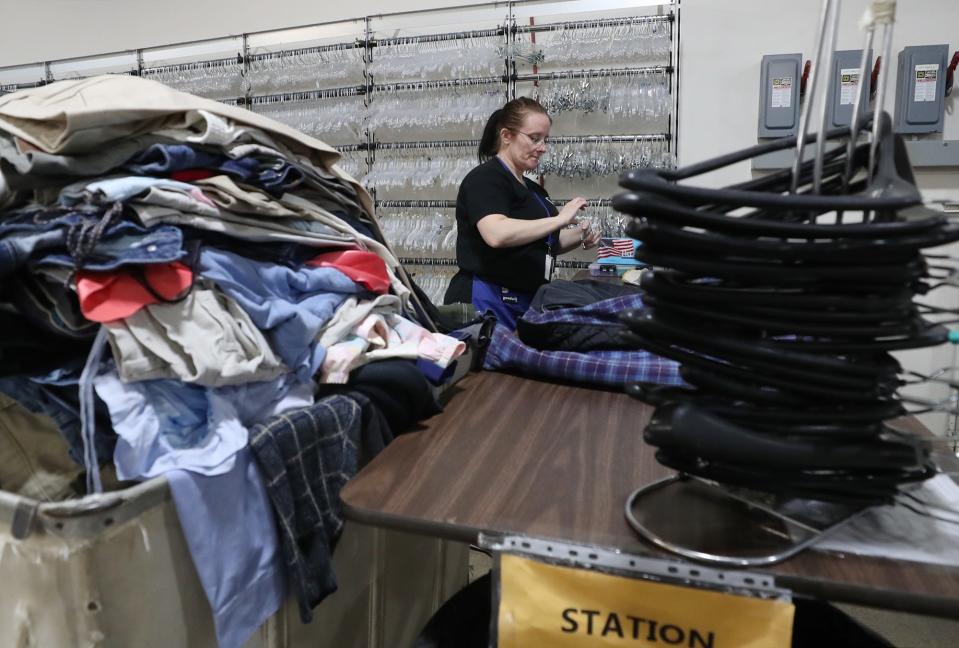
Several places, markets for used clothing donations
Still, if someone needs to purge their closets, there are several nonprofits that can benefit from gently-used clothing.
"AMVETS is a program that some people may not think of at first for donating clothing," Marsh said. "We’d also suggest reaching out to local nonprofits who work with underserved communities to ask if they might be accepting any used clothing donations."
For details on AMVETS, visit https://amvets.org/ online.
Fighting hunger: Now You Know Akron Podcast: Talking about the Akron-Canton Foodbank with CEO Dan Flowers
Giving Ukraine a hand: AMETEK assists Ukrainian victims of Russian attacks, hiring refugees in Europe
Goodwill Industries, which operates stores that sell donated items and provides job training, is another alternative. The nonprofit has several stores and collection sites in the area, including the Blue Boutique, which recently moved to the Montrose area.
"Goodwill is a source to help ensure the useful life of items are extended, which lessens the amount of material sent to landfills or incinerators," said Jennifer Bako, director of public and donor relations at Goodwill Industries of Akron. "The money received during this process helps support our mission."
In 2021, the Akron-area Goodwill, which serves Summit, Portage, Medina, Ashland and Richland counties, received 17,309 tons of clothing and household items.
"If it meets the quality standards, donations go through a process where they are first sold in our retail stores, and then for items that don’t sell, they have one more chance to sell at our outlet store where many items are sold by the pound," Bako said.
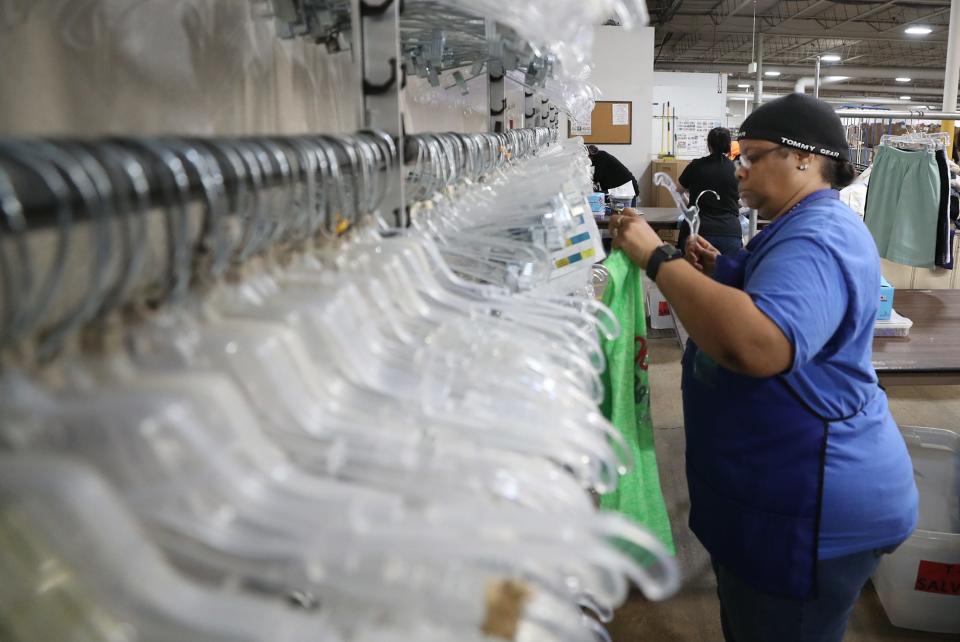
Clothing, textiles can take on a different life in rag market
Items that do not sell are put into salvage, Bako said.
"In 2021, we recycled & repurposed more than 6.6 million pounds of material through our salvage stream, which also supports the mission to help individuals prepare for, find and retain employment," Bako said. "On average, by weight, 80% or more of the items donated annually are sold, salvaged or recycled."
A list of acceptable items can be found at www.goodwillakron.org/donate. Goodwill Akron also has a blog on its website with do-it-yourself and upcycling tips.
Major Van L. Wirth, administrator for business for the Salvation Army's adult rehabilitation centers in Cleveland, said the nonprofit can receive between five and seven thousand pounds of clothing donations a day. The Northeast Ohio division has 10 stores that sell clothing and other donations to help with the organization's missions, which include helping people who are homeless or struggle with addiction get counseling and find housing and employment.
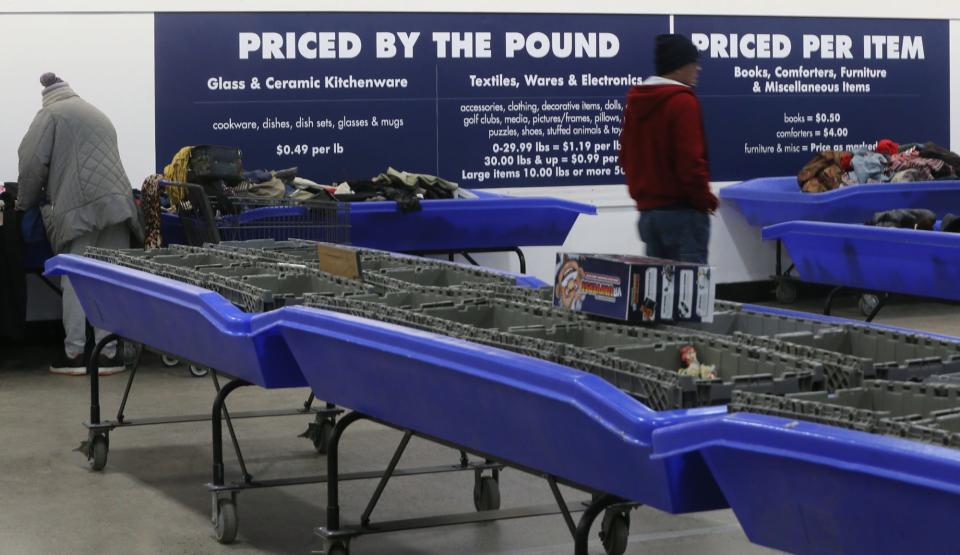
For details, visit https://easternusa.salvationarmy.org/northeast-ohio/ online.
Once donations come in, they need to be sorted, priced, tagged and displayed, Wirth said. Sometimes the Salvation Army also will pick up donations.
"We want to put out the best quality to sell in our stores," Wirth said. "If they haven't sold after four weeks, we sell them to the rag dealers. They may take the articles and sell the fabric or shred it for stuffing for items like pillows."
Currently, the prices on the rag market are good, Wirth added. "Now we are getting a good price per pound."
"We are so grateful for the people who support us," he said. "The vast majority of the items donated to us are great. Very occasionally someone will dump stuff we can't use, but so many give us wonderful items. With these, we can help change lives and save lives."
Full closet: Betty Lin-Fisher: No more donations needed for Career Clothing Closet, thanks to response
Helping hundreds: Cuyahoga Falls Good Neighbors helps 800-plus during holiday drive
While donations of items are appreciated, often the best way to help is through a financial donation, said Jim McIntyre, the regional communications director for American Red Cross, Northern Ohio region. The Red Cross responds to around 60,000 disasters a year nationwide, and more than 1,000 disasters a year in Northern Ohio, with most of these crises involving home fires.
"We know that after a disaster, people are incredibly generous and ask how they can best help," McIntyre said. "Financial donations are the quickest and best way to support people impacted by disaster. Financial donations to the Red Cross help provide shelter, meals, relief supplies, comfort and other assistance during disasters, and can be directed to those in need more quickly."
Donations of items "divert resources away from our mission," McIntyre said.
"It takes time and money to store, sort, clean and distribute donated items," he said. "Financial donations can be accessed quickly and allow more flexibility to give people what they need most."
For details, visit https://www.redcross.org/local/ohio/northern-ohio.html online.
Reporter April Helms can be reached at ahelms@thebeaconjournal.com
This article originally appeared on Akron Beacon Journal: Donated clothes can be both blessing, burden for nonprofits

